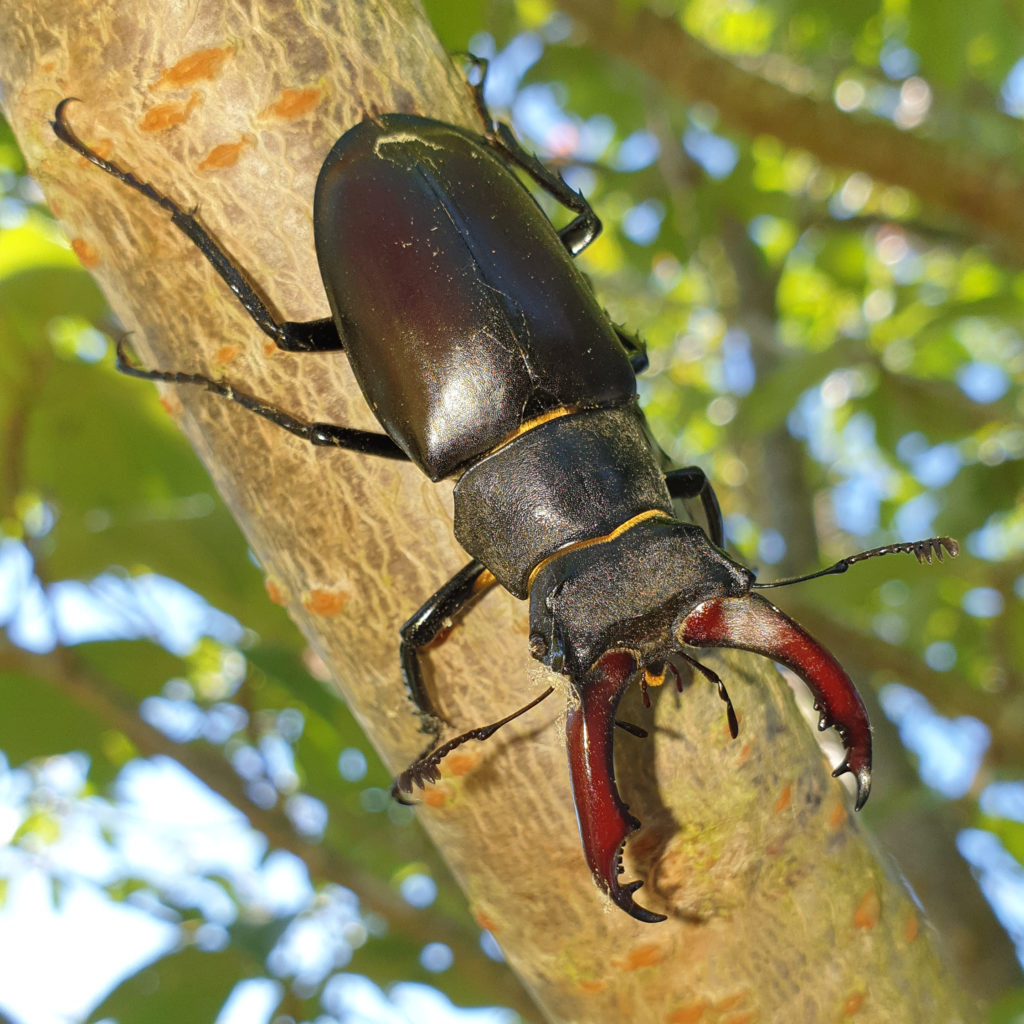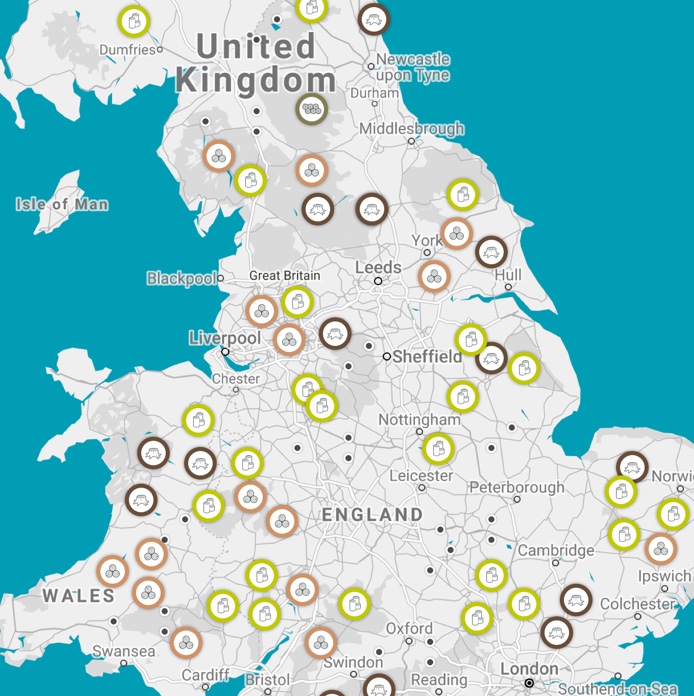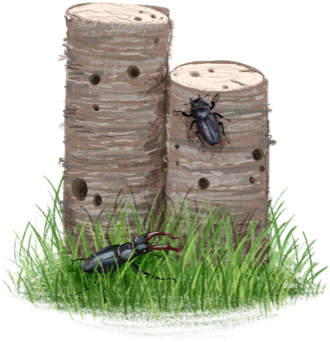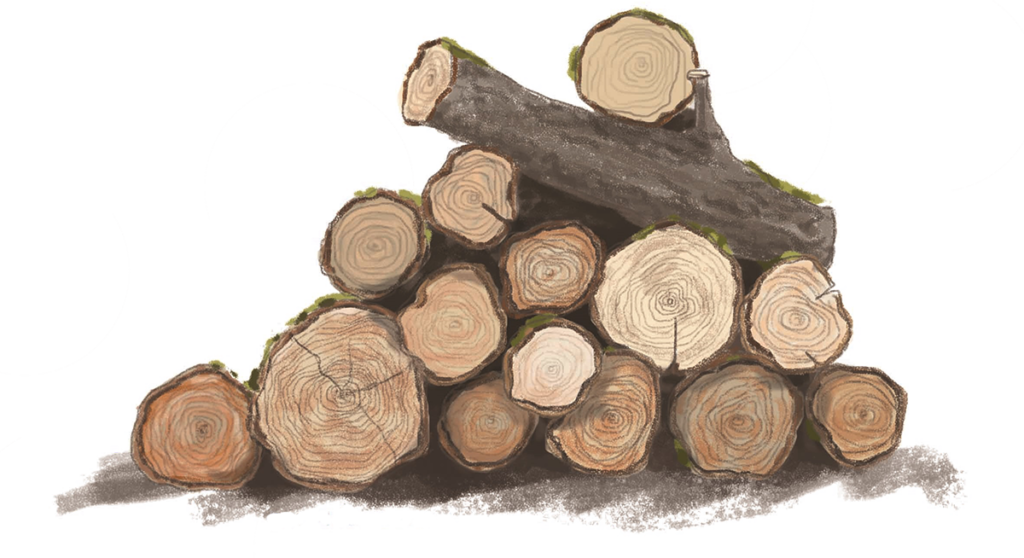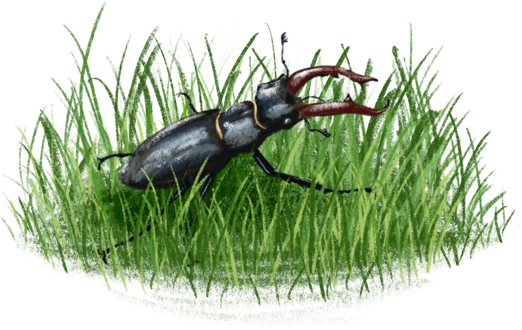Elsewhere in Europe however, stag beetles occur mainly in woodlands. A recent study in Poland looked at which forest type stag beetles prefer. They discovered that stag beetles favour oak stands, aged over 80 years (a stand is a group of trees of the same species and same age).
The results of the study also showed that 92% of stag beetle records were in forest stands (as opposed to roads, towns, woodland edge or cemeteries). It’s no surprise, as stag beetles are a thermophilus (warmth-loving) species and prefer natural open stands. Oak and oak-hornbeam forests offer a warm microclimate, particularly in areas with southern exposure.

Christopher Mullins

